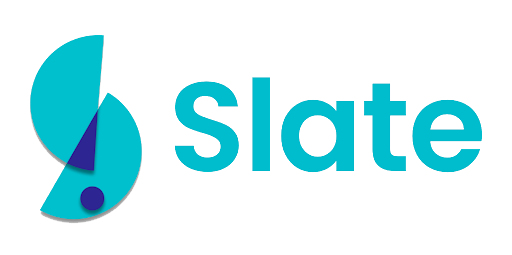The USPTO’s Track One program, designed as an express lane for patent approval, promises a tantalizing 12-month decision turnaround for applicants. However, with its annual quota limited to 15,000 applications and an additional fee requirement, the program’s universal appeal is up for debate. A closer examination across various domains reveals a nuanced efficacy of the Track One program, with its advantages and drawbacks manifesting differently across sectors. This exploration seeks to unravel the mixed landscape of Track One’s utility and guide potential applicants in making informed decisions.
High Potential Domains: Surgery and Textiles Weaving
In high-innovation areas like Surgery (Art Unit 3791) and Textiles: Weaving (Art Unit 3732), the Track One program shines as a beacon of expedited patent processing. With 866 and 478 Track One requests respectively, and rejection rates that don’t deter the spirit of innovation, these domains boast grant times that are twice as fast as the regular prosecution timeline. Specifically, patents in these fields are granted in about 411 days for Surgery and 392 days for Textiles: Weaving under the Track One program, underscoring the program’s utility in fast-tracking patent approvals in sectors brimming with rapid innovation.
The Mixed Outcomes in Compositions and Tyres
Conversely, domains such as Compositions (Art Unit 1761) and Tyres (Art Unit 1749) present a more complex picture. While Track One offers a faster grant time than the regular process, the shadow of high rejection rates looms large. For instance, the Compositions domain sees a grant time of 323 days under Track One—a 1.6x speed increase—yet faces a daunting rejection rate that ultimately slows down the overall process for rejected applications to an average of 1,145 days. Similarly, in the Tyres domain, despite a 1.4x acceleration in grant times for successful Track One applications, the high risk of rejection and subsequent prolonged examination for rejections cast a pall over the purported benefits of the program.
Weighing Track One’s Competitive Advantage Against Its Risks
The Track One program, despite its promise of acceleration, carries inherent risks that vary significantly across domains. The allure of fast-tracking patent approval is tempered by the potential for high rejection rates, which not only negate the benefits of the program but may also result in longer grant times compared to the standard examination route. This dichotomy between the potential for expedited approval and the risk of extended delays necessitates a careful, domain-specific evaluation by applicants.
For stakeholders contemplating the Track One route, understanding the program’s domain-specific outcomes is crucial. The decision to opt for Track One should be informed by a nuanced assessment of the program’s advantages against the backdrop of rejection risks and the implications for the patent timeline.
Conclusion: A Domain-Specific Approach to Track One
The Track One program embodies a double-edged sword, offering significant advantages in certain domains while presenting challenges in others. Applicants must navigate this landscape with a keen understanding of their specific domain’s dynamics, weighing the potential for accelerated patent approval against the risk of extended delays due to rejection.
Interested in exploring how the Track One program could impact your patent journey? Contact us. We’ll share insights from your domain of interest, helping you to make informed decisions tailored to your innovative endeavors. Stay ahead of the curve by engaging with resources designed to illuminate the intricacies of Track One’s utility across different sectors of innovation.


